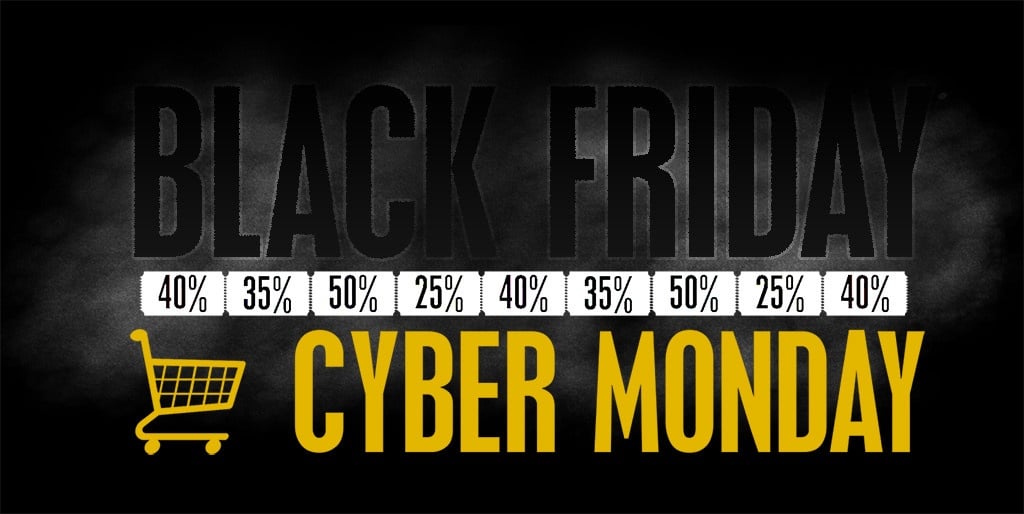Black Friday and Cyber Monday are those days of the year where customers purchase products at very affordable prices. But what is in it for the businesses that are selling the products at such low prices and more importantly how are they arriving at those exact prices for the products on sale? Unassuming answer is Big Data analytics. Big Data and predictive analytics have their hands in all kinds of business operations.
The trick behind Black Friday and Cyber Monday Sales
Any marketing strategy involves luring customers with discounted prices. Most of us would think the company is giving away stuff at much cheaper prices as part of some marketing stunt. Well, they are doing it for publicity and customer reviews, however, they are not giving away products at cheaper prices at a loss. They are in fact earning a ton on discounted sales.
Every manufacturer estimates the shelf life of each product produced and sets the original cost of the product including the supposed losses due to those products which don’t sell. The estimation of how much of those products won’t sell is a critical step. When we buy a product from a store, we are actually paying the original product price plus the price which has been neutralized on account of shelf products.
During Black Friday or Cyber Monday sales, they bring out those unsold products which might be little old and rugged and sell them at discounted prices. The company is not losing anything because they already earned income on these unsold products from the regular sales itself. So, whatever they earn on these two days is a total profit for the company.
How Big Data is a big part of this rather elaborate plan
Determining the shelf life of each variety of product is paramount and any errors in these calculations will disrupt the entire balance. Big Data being the go to option for any sort of analytics, companies measure the sales of each product in different locations and come to a conclusion.
Taking inventory of items and observing where they sell most and at what times of the year do these items sell makes the difference. Big Data gives a clean analysis on these categories of data and companies don’t have to lose a penny anymore on wrong estimation of discounts.
This strategy is used by most of the e-commerce websites to clear out the old stock which is not selling anymore and take advantage of the profits. The reach of Big Data in digital markets is unprecedented. It calculates and analyses the user data accurately and the best part about using Big Data is it can predict whether same user will buy this type of product any time soon. This sort of detailed user data analysis is highly useful to devise deft marketing strategies without any flaws.
Offline stores
Most of the customers these days are buying products online, however there are still a good chunk of customers who prefer buying products from the physical stores. As a result, we can’t really analyse the customers who buy from physical stores because there is no digital trial involved. But WIFI Analytics is another Big Data predictive analysis strategy where the user’s movement in the shop is analysed and recorded.
The general trend among the people is to check the product reviews online first and buy them in offline stores. That also helps to track the users moves and suggest them to buy something they might be interested in.
How Social Media is instrumental in Big Data analysis
You think the customers interaction with your company is lost once they switch tabs, but the hard truth is you can stay connected with your customers as long as you are online. Social Media an important part of the connection. Stayin active in social media while engaging your customers with new products and reviews can also fetch useful insights for big data analysis, which will ultimately help in setting the right price for your product.
It doesn’t matter what channel your customer uses to interact with you, the only goal is to engage them draw useful conclusions from each interaction. Big Data is not going anywhere soon, so let’s make the most of it, while it lasts.



